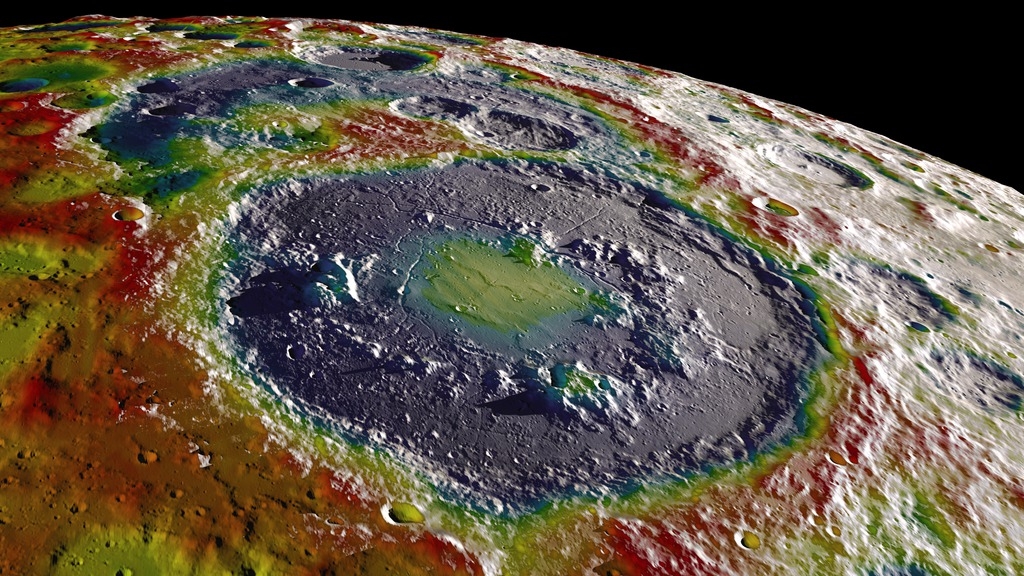
The Quest for the Moon
Captain Gene Cernan was the last person to walk on the Moon. Ultimately, he was the third man to walk in space, one of only three people fortunate enough to go to the Moon twice, and to date, his footprint on the lunar surface is the last marker that humanity left on our nearest neighbor.
The final words that he spoke before stepping on to the tiny craft that would carry him back to Earth are simple and sobering: “We leave as we came and, God willing, as we shall return with peace and hope for all mankind.”
That was in 1972. That’s more than 40 years ago. We haven’t been back.
Of course, we have gone other places—to Pluto and Ceres, for example. However, in these cases, we sent robots in our stead and kept our own feet firmly planted on Earth. However, a number of individuals are hoping to change that by bringing humanity back to the stars.
Case in point, the European Space Agency (ESA) recently hosted the two-day symposium, called “Moon 2020-2030 – A New Era of Coordinated Human and Robotic Exploration,” at the European Space Research and Technology Center in Noordwijk, Netherlands. At the meeting, more than 200 scientists and space officials from 28 different countries came together to try and find a way to get us back to the Moon, which (they hope) will allow us to) springboard human exploration out into the solar system.
Notably, scientists see a Lunar base as a vital first step towards getting humanity to Mars.
“The ESA space-exploration strategy sets the moon as a priority destination for humans on the way to Mars, and the recent talk of a ‘Moon Village’ certainly has generated a lot of positive energy in Europe,” NASA’s Kathy Laurini, co-chair for the Exploration Roadmap Working Group for the Global Exploration Roadmap, said to space.com. “The timing is right,” Laurini said, “to get started on the capabilities which allow Europe to meet its exploration objectives and ensure Europe remains a strong partner as humans begin to explore the solar system.”

How We’d do it
Ultimately, these efforts reinforce what Johann-Dietrich Wörner, the new ESA space chief stated several months back, when he expressed his enthusiasm for a moon colony at the Space Foundation’s National Space Symposium, a gathering of global, commercial, civil, military and “new space” experts. At the time, Wörner said that “the moon station can be an important stepping stone for any further exploration in deep space,” adding that a lunar outpost could help humanity learn how to use resources on-site instead of transporting them.
Paul Spudis, of the Lunar and Planetary Institute in Houston, said that there are three possible paths to get to the Moon.
- A single-nation effort, analogous to NASA’s Apollo moon-landing project, and he notes that China is the most likely nation to lead this effort.
- A cooperative, international effort, analogous to what we see on the International Space Station. In this case, the ESA, Japan, India, and Russia are likely to come together for such an effort.
- A series of commercial lunar missions, largely led by American “New Space” companies like Elon Musk’s SpaceX; however, this effort would likely be almost totally robotic.
Of course, these three methods could easily change, as nations make new commitments, but regardless of how we get humanity back to space, let’s hope that it is a unified effort that is truly “for all mankind.”